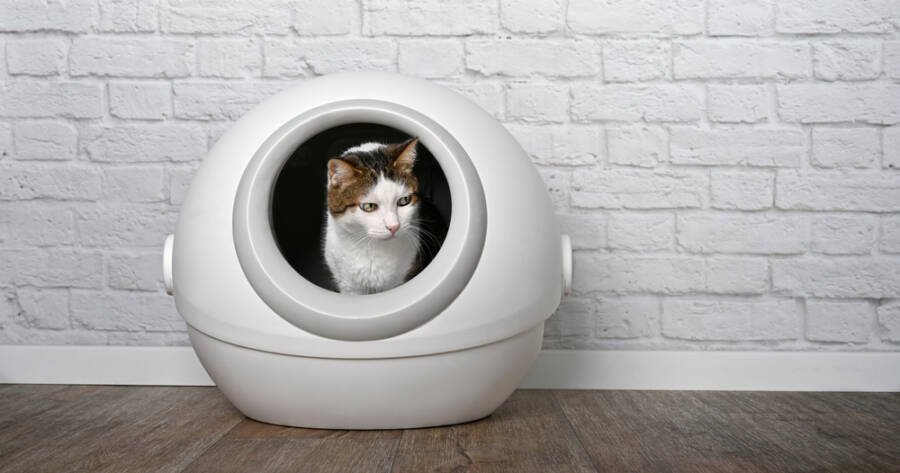Cleaning the litter box is one of the least enjoyable parts of being a cat parent. Between daily scooping, lingering odors, and the constant need to refill litter, the task can feel endless. For busy households, this chore often becomes a source of frustration and stress. Automatic litter boxes offer a solution by handling much of the dirty work for you. Smart devices not only save time but also help create a cleaner, more comfortable home environment for both you and your cat.
How Automatic Litter Boxes Work
Automatic litter boxes use sensors and mechanical systems to detect when a cat has used the box. After a short delay, the box sifts or rotates to separate waste from clean litter, depositing clumps into a sealed compartment. This process reduces the need for daily scooping and ensures the litter bed remains clean for the next use.
Some models even include carbon filters or odor control systems, which help keep the surrounding area smelling fresh. For pet parents, the result is a low-maintenance solution that takes much of the effort out of litter care.
Saving Time in Daily Routines
One of the most significant benefits of automatic litter boxes is the time they free up. Instead of scooping once or twice a day, owners may only need to empty the waste compartment every few days or even weekly, depending on the model and number of cats.
This makes pet care more manageable for people with demanding jobs, children, or multiple pets. Even for those who enjoy hands-on involvement, reducing repetitive tasks leaves more time for the enjoyable parts of cat ownership, like play and bonding.
Reducing Stress for Owners and Cats
Beyond saving time, automatic litter boxes also reduce stress. For owners, not having to face an unpleasant chore every day brings peace of mind. For cats, a cleaner litter box means a healthier and more appealing environment.
Many cats are sensitive to odors and may avoid a dirty box, which can lead to accidents around the home. By keeping the litter consistently fresh, automatic boxes encourage proper use and reduce the chance of behavior problems linked to cleanliness.
Supporting a Cleaner Home Environment
Traditional litter boxes often struggle with odor control and tracking, leaving homes smelling less than fresh and floors covered with stray litter. Automatic models address both issues. By sealing waste in a contained drawer and cleaning the litter bed quickly after each use, odors have less chance to spread.
Some designs even include features like covered enclosures or mats that catch litter as cats exit. This creates a more hygienic environment, which is especially valuable in small apartments or shared living spaces.
Considerations Before Switching
While automatic litter boxes offer many advantages, they do require some consideration. Cats may need time to adjust to the sounds and movements of the machine, so introducing it gradually is important. Regular maintenance, such as cleaning the waste compartment and ensuring sensors function properly, is still necessary.
Owners should also choose a model that suits the size and habits of their cat. With the right fit and proper use, these devices can seamlessly integrate into daily life while making pet care far less stressful.
A Smarter Way to Care for Cats
Automatic litter boxes are more than just a convenience—they are a way to simplify pet care and improve life for both cats and their owners. By cutting down on daily scooping, controlling odors, and creating a cleaner environment, these devices reduce stress and free up valuable time.
While they require some adjustment and upkeep, the benefits often outweigh the drawbacks. For busy pet parents looking for a practical solution, automatic litter boxes represent a smarter, easier, and more comfortable approach to managing litter care.

